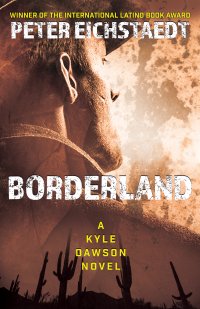
Now available from WildBlue Press! Order your copy today!
The U.S.-Mexico border is land of lore and legends buried deep in the American psyche. This rugged and arid region has proved to be fertile ground for memorable literature by writers such as Cormac McCarthy and his border trilogy, among others.
I was first introduced to the border as a young college student traveling from Ohio to Mexico City for a semester of immersion into Central and South American language, culture, and history. We changed buses at Loredo, Texas, in the middle of the night, then rolled into old Mexico.
My introduction to Mexico came in the middle of the night when I was awakened by the swaying of the bus. I realized our driver was racing another bus side-by-side up a long and winding highway to a mountain pass!
Somehow, we survived.
The next day we stopped for a lunch at an open air restaurant in Monterrey, Mexico, with towering potted plants and free-flying parrots. I was immediately captivated by the sights, sounds, flavors and aromas of Mexico and would return often.
In the late 1990s, after two decades as a journalist living and working in Santa Fe, New Mexico, I became aware of a large commercial and residential development project on the border just west of El Paso, Texas.
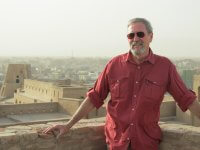
Author Peter Eichstaedt
I wondered what would happen if the development was in the hands of criminal elements on either side of the border. I also knew that a project of that scale required extensive political and governmental involvement. The idea for Borderland was born.
It took many years and multiple drafts for Borderland to become a reality. But not until after my nonfiction book on the border, The Danger Divide, was published did Borderland finally came into sharp focus.
As I researched and wrote about the people and places along the border, one of the most fascinating was the historic border town of Columbus, New Mexico.
This dusty border community is the notorious site of the cross-border raid in 1916 by Francisco “Pancho” Villa, the Mexican revolutionary. The attack sent shockwaves throughout the U.S. and drew a massive military response led by Gen. John “Black Jack” Pershing.
BORDERLAND is now available from WildBlue Press! Order your copy today!
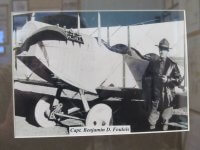
One of the first U.S. airplanes and pilot of the early army airpcorps who chased Pancho Villa across northern Mexico in 1916. Photo at the Columbus Historical Museum, Columbus, N.M.
Pershing, who would later lead U.S. forces in Europe in World War I, chased Villa and his soldiers through the Sierra Madre mountains for nearly a year. This is the same rugged range made famous by the mysterious German author, B. Traven, who wrote the 1927 novel, Treasure of the Sierra Madre. The novel was made into a wildly popular film directed by John Huston and starring Humphrey Bogart.
Pershing never found Villa, despite many skirmishes with Villa’s men, and the search ended in 1917 when the U.S. entered World War I and Pershing was recalled.
(While the search for Villa was a failure, it gave birth to the U.S. air force. To aid in the search for Villa, the army brought a handful of recently purchased biplanes from San Antonio to the region for aerial surveillance. The fragile airplanes proved useless in the thin air and strong winds of the high Sonora desert, prompting the U.S. army to vastly beef up its war planes before they were sent to the European theater.)
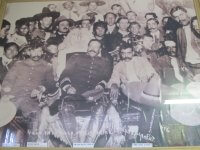
Pancho Villa with his men, sometime during the Mexican revolution. Photo from the Columbus Historical Museum, Columbus, N.M.
It was not until I made a lengthy trip into Mexico in the late 1990s, however, did I realize what a hero Villa had become. My journey began in Pancho Villa’s home city of Chihuahua, where a museum is dedicated to him and where I climbed aboard the train that travels through Copper Canyon, known in Mexico as the Barrancas del Cobre.
I spent a week exploring the region, based out of the gritty mountain town of Creel, which is in the heartland of indigenous people from that region, known as the Tarahumara or Raramuri.
Because of these trips and the unforgettable time I spent there, Chihuahua, the Barancas del Cobre, and the Raramuri all play significant roles in Borderland. I hope you enjoy it.
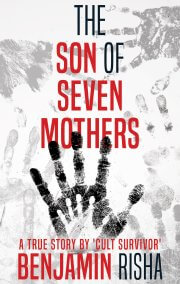

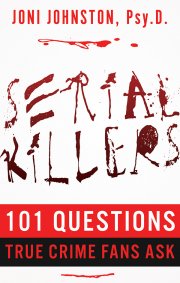
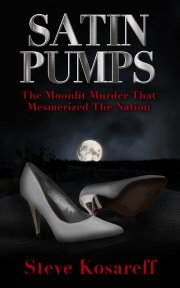
 Join our email list
Join our email list
Leave a Reply